Onions
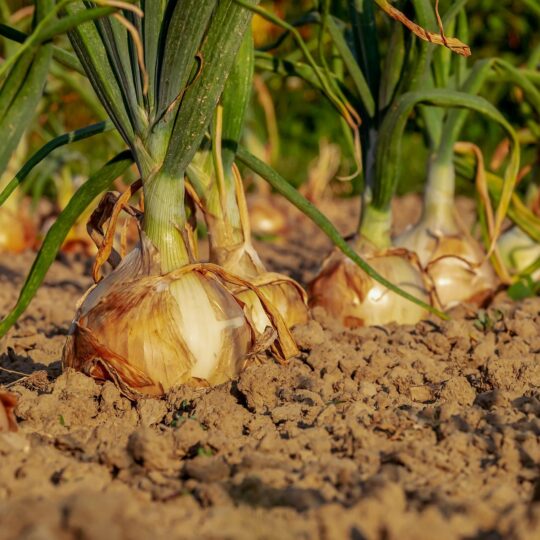
Importance of Onions to Oregon
Oregon grew more than 1.5 billion pounds of onions in 2020.1 That was the third most out of any state in the country. Onions are grown by around 400 farms on close to 20,000 acres. All of the onions in 2020 were worth 118 million dollars.2 That made them the 12th most valuable crop in the state. Most of the onions are grown on the east side of Oregon in Malheur, Morrow, and Umatilla County.
History of Onions
The exact origin of onions is not known, but there are records of them as far back as 5,000 years ago. They are thought to be one of the first crops that were cultivated. Most of the early onion records come from Egypt and parts of Asia. They can be traced through Greece and the Roman Empire and other parts of Europe, including England. Pilgrims coming to America from England in 1620 on the Mayflower brought onions with them.
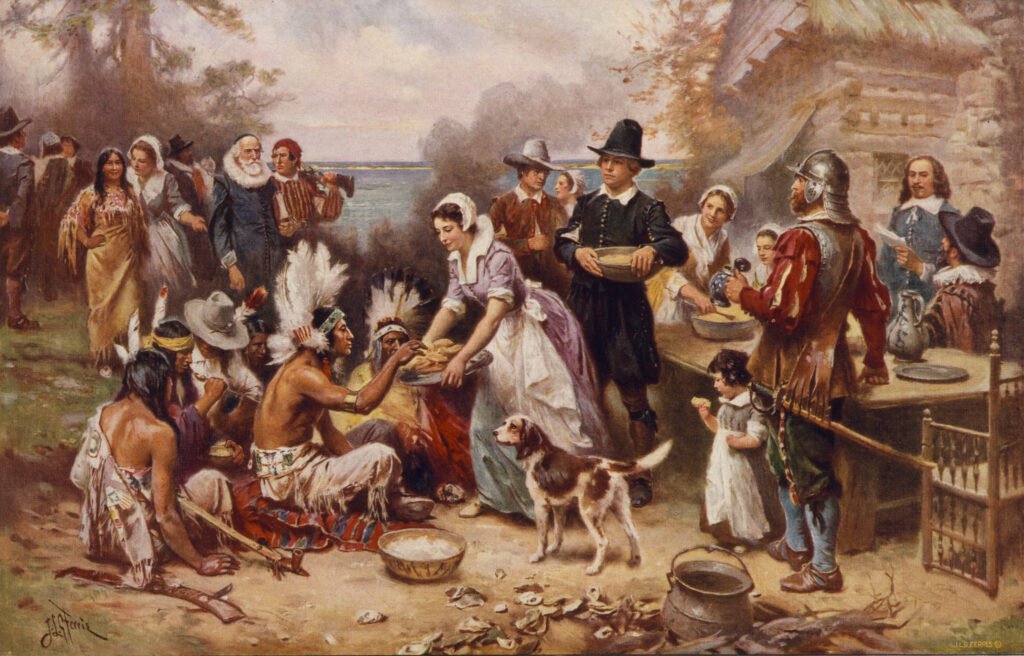
Image by GPA Photo Archive on Flickr
There are onion strains that grew wild in North America. They were used by Native Americans in many ways. They were eaten in ways that we eat them today. And they were also used for medicines and dyes.3
Onion Varieties

Red
Red onion varieties are known for their dark red layers, which make them stand out in food dishes. They are very crisp and have a sharp, but tasty flavor. About 8% of US grown onions are red. They are very good raw, roasted, and grilled.
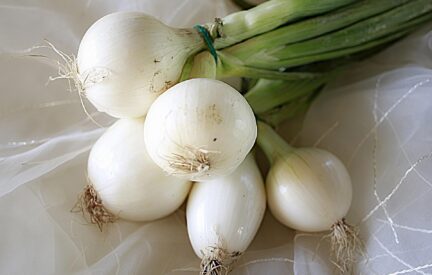
White
White onions make up about 5% of the onions grown in the United States. They are often used in sauces or Mexican foods, along with being roasted, grilled, or eaten raw. White onions don’t store well for as long as red and yellow onions do.
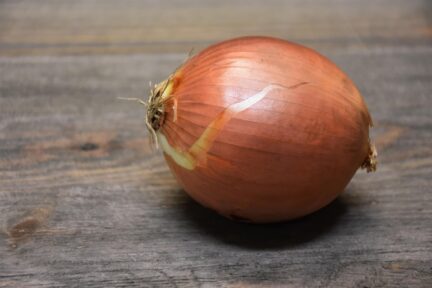
Yellow
Yellow onions are the most popular. 87% of the onions grown in the US are yellow. Part of that reason is because they can be used in so many ways. They are sweet and crisp and can be eaten raw, roasted, sautéed, and more.
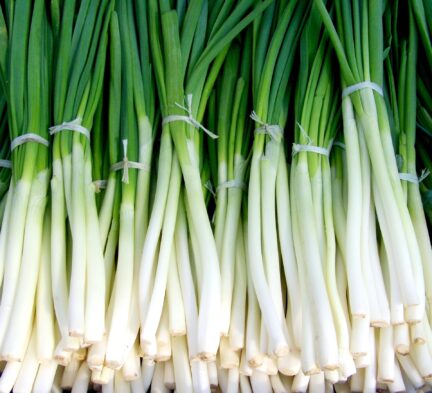
Other
Red, white, and yellow onions are by far the most popular kinds of onions we see and eat. There are also other types like pearl and green onions. Pearl onions look like a white onion but are very small. Green onions are the same type of plant as the onion bulbs we eat, but are harvested when they are young before the bulb grows. We use them for the greens, not the onion bulb.
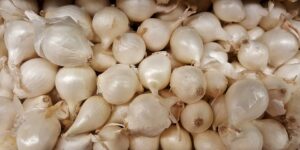
Image by Brett Hondow from Pixabay
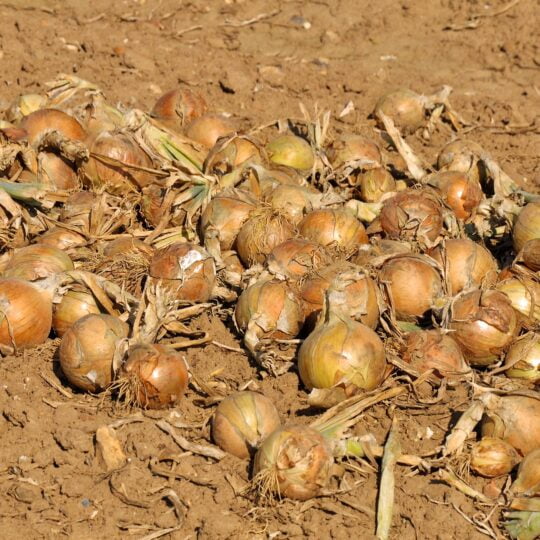
Life Cycle of an Onion
Onions grown for their bulbs are usually planted in the spring. Depending on the farm, they will either be planted as seed or as transplants. Sometimes onion fields are planted in the fall so that they are ready to harvest early in the summer before the spring planted onions are ready. Onion seeds are planted with a machine. Transplants are planted either by hand or by machine.
For almost half of the time between planting and harvest, an onion’s energy is mostly spent growing leaves above ground. Then the bulb starts to grow larger. About 170 days after being planted, an onion starts to dry down and get ready to be harvested.4
Onion Harvest
Pests and Diseases
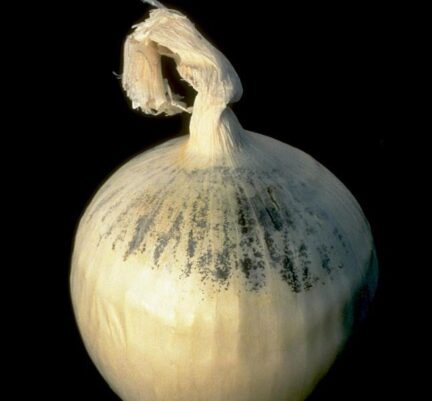
Black Mold
Black mold is caused by a fungus that can damage many different fruits and vegetables. Onions can get infected at the neck of the bulb where it meets the leaves. This happens close to harvest as the plant matures. It can cause areas to become covered in black spores and the onions to get soft and mushy.5
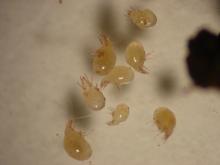
Bulb Mite
Bulb mites cause onion damage by feeding on the outside of bulbs. Diseases are able to get inside damaged bulbs and cause rot and other issues. If there are very many of these insects, plants stands can be hurt and onions can grow slower or not as large. The onions can also end up rotting in storage. Bulb mites can be found in other plants with bulbs, like garlic, or in tubers.6
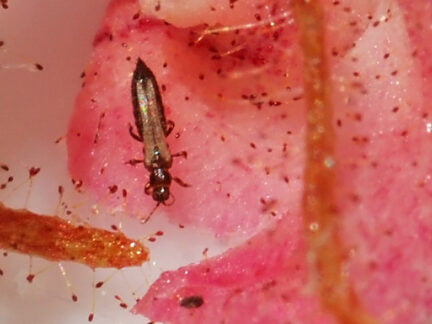
Thrips
Thrips are one of the main insect pests in onions. If there are many of them, the number of onions a field grows can be cut by up to 20%. Thrips tend to eat on the young leaves of onions and they can cause bulbs to be small or misshapen. Onion thrips are vector for a disease called yellow spot virus.7
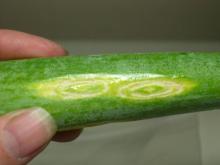
Yellow Spot Virus
Yellow spot virus is spread by onions thrips. The thrips spread it from plant to plant and to other fields when they feed on the onions. The virus can cause parts of leaves to dry out and die. When leaves die, there is less of a plant to photosynthesize, which can lead to the plants not growing as large as they should. The virus is usually worse around the edges of fields since it is spread by insects.8
Uses for Onions
Fun Facts About Onions!
- Parsley can help get rid of onion breath
- The largest onion ever known to be grown was more than 18 pounds
- Each American eats an average of 20 pounds of onions per year
- Sulfuric compounds are what cause onions to make us cry9
Vocabulary Terms
Bulb
A plant bud that begins to grow underground.
Cultivate
To grow plants by plowing, weeding, or adding fertilizer.
Curing
The process of drying out onions for storage.
Photosynthesis
Using sunlight to change water and carbon dioxide into food for itself.
Spores
A tiny reproductive body made up of one or more cells, produced by certain animals and plants.
Strains
Descendants of a common ancestor.
Stands
The number of plants in a field.
Traits
A characteristic or quality that makes a plant different from others.
Transplant
To pull up and plant again in another place.
Tuber
n underground stem that is short, thick, and round.
Vector
An organism, such as an insect, that carries disease-causing fungi, viruses, bacteria, or the like.
